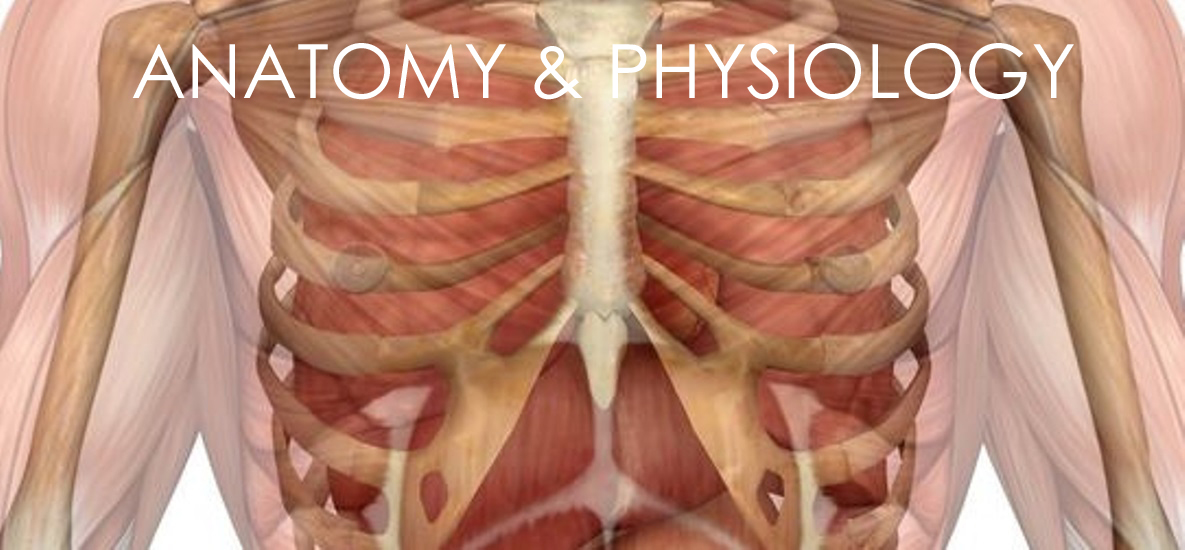The Spermatozoön
| The spermatozoa or male germ cells are developed in the testes and are present in enormous numbers in the seminal fluid. Each consists of a small but greatly modified cell. The human spermatozoön possesses a head, a neck, a connecting piece or body, and a tail (Fig. 6). |
 |
|
FIG. 6– Human spermatozoön. Diagrammatic. A. Surface view. B. Profile view. In C the head, neck, and connecting piece are more highly magnified. (See enlarged image) |
| The head is oval or elliptical, but flattened, so that when viewed in profile it is pear-shaped. Its anterior two-thirds are covered by a layer of modified protoplasm, which is named the head-cap. This, in some animals, e. g., the salamander, is prolonged into a barbed spear-like process or perforator, which probably facilitates the entrance of the spermatozoön into the ovum. The posterior part of the head exhibits an affinity for certain reagents, and presents a transversely striated appearance, being crossed by three or four dark bands. In some animals a central rodlike filament extends forward for about two-thirds of the length of the head, while in others a rounded body is seen near its center. The head contains a mass of chromatin, and is generally regarded as the nucleus of the cell surrounded by a thin envelope. |
| The neck is less constricted in the human spermatozoön than in those of some of the lower animals. The anterior centriole, represented by two or three rounded particles, is situated at the junction of the head and neck, and behind it is a band of homogeneous substance. |
| The connecting piece or body is rod-like, and is limited behind by a terminal disk. The posterior centriole is placed at the junction of the body and neck and, like the anterior, consists of two or three rounded particles. From this centriole an axial filament, surrounded by a sheath, runs backward through the body and tail. In the body the sheath of the axial filament is encircled by a spiral thread, around which is an envelope containing mitochondria granules, and termed the mitochondria sheath. |
| The tail is of great length, and consists of the axial thread or filament, surrounded by its sheath, which may contain a spiral thread or may present a striated appearance. The terminal portion or end-piece of the tail consists of the axial filament only. |
 |
|
FIG. 7– Scheme showing analogies in the process of maturation of the ovum and the development of the spermatids (young spermatozoa). (See enlarged image) |
| Krause gives the length of the human spermatozoön as between 52μ and 62μ, the head measuring 4 to 5μ, the connecting piece 6μ, and the tail from 41μ to 52μ. |
| By virtue of their tails, which act as propellers, the spermatozoa are capable of free movement, and if placed in favorable surroundings, e. g., in the female passages, will retain their vitality and power of fertilizing for several days. In certain animals, e. g., bats, it has been proved that spermatozoa retained in the female passages for several months are capable of fertilizing. |
| The spermatozoa are developed from the primitive germ cells which have become imbedded in the testes, and the stages of their development are very similar to those of the maturation of the ovum. The primary germ cells undergo division and produce a number of cells termed spermatogonia, and from these the primary spermatocytes are derived. Each primary spermatocyte divides into two secondary spermatocytes, and each secondary spermatocyte into two spermatids or young spermatozoa; from this it will be seen that a primary spermatocyte gives rise to four spermatozoa. On comparing this process with that of the maturation of the ovum (Fig. 7) it will be observed that the primary spermatocyte gives rise to two cells, the secondary spermatocytes, and the primary oöcyte to two cells, the secondary oöcyte and the first polar body. Again, the two secondary spermatocytes by their subdivision give origin to four spermatozoa, and the secondary oöcyte and first polar body to four cells, the mature ovum and three polar bodies. In the development of the spermatozoa, as in the maturation of the ovum, there is a reduction of the nuclear chromosomes to one-half of those present in the primary spermatocyte. But here the similarity ends, for it must be noted that the four spermatozoa are of equal size, and each is capable of fertilizing a mature ovum, whereas the three polar bodies are not only very much smaller than the mature ovum but are incapable of further development, and may be regarded as abortive ova. |
